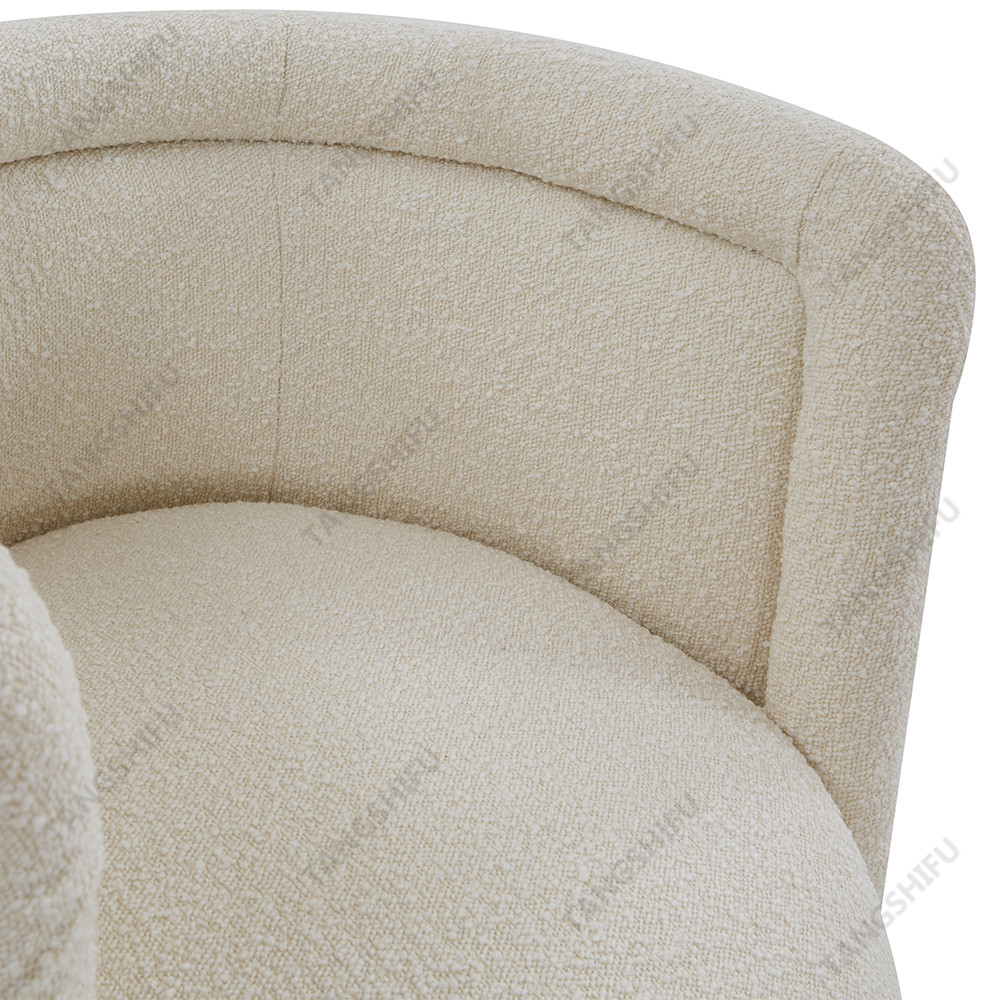The traditional home furnishing industry must be called IKEA, because the SPA model represented by IKEA has achieved great success in the past. Through low-cost minimalist design, scene-oriented self-service stores, distribution centers around the world, and extensive integration of global supply chains, IKEA has maximized the vertical accumulation of industrial resources in the value chain, thereby almost eliminating all losses The intermediate link of industrial operation efficiency creates nearly the ultimate price-performance ratio for customers.
The leisure sofa manufacturers in china has been referring to IKEA's business model.
Not the ultimate
But even in the past, IKEA is not the ultimate. Japan's Nidari has taken a step forward in the SPA model. In addition to independent control of design, terminals, logistics and other links, Nidali also chose to build its own production bases in Vietnam, Malaysia and other countries. This highly integrated SPA model allows Nidari’s terminal product prices to be 30% cheaper than IKEA, which is why IKEA is invincible in the world, but it has been stubbornly blocked by Nidari in Japan—— Nidari still firmly dominates the Japanese market with 7 times the sales of IKEA and a market share of more than 50%.

But now both IKEA and Nidali are facing new challenges-the lack of product richness brought about by the highly integrated SPA model. Ikea’s minimalist design and high cost performance are intoxicating, but more and more IKEA consumers are beginning to have new concerns: "Will I buy too much IKEA?"
For consumers, it is very important to have a guide for buying furniture when buying furniture.
IKEA has been keenly aware of this and has implemented a strategy called "designer open source". Nowadays, there is a group of IKEA fans known as "Ikea Hacker". They have given full play to their imagination on the basis of IKEA civilian furniture and picked up tools to personalize IKEA products. IKEA has thus established a huge fan community, allowing these tens of thousands of fans to participate in the "redevelopment" of IKEA products.
The standardized products
They can not only make IKEA's standardized products more customized, but also evolve it into a professional business service for IKEA, so a series of professional service providers such as Bemz and Reform were born. The former produces sofas and chairs specifically for IKEA. Design chair covers, the latter uses his expertise in kitchen decoration to produce more design cabinet doors and countertops for IKEA kitchen cabinets.
It is not IKEA's initiative to achieve limited product upgrades and iterations through open source by designers. This strategy is actually widely adopted in the smartphone industry (open source allows customers and external technology hackers to carry out secondary development of the system). But this indicates that even in traditional industries such as home furnishing, the SPA model with a single style at its core in the past has also begun to face the challenges of product diversity and product iteration. The leisure sofa manufacturers in china are facing a lot of challenges.
IKEA and Nidari should be fortunate that they are in a minimalist style and mass market, which allows them to still have a broad market space to develop in the world, and they can still rely on their huge scale advantages to hedge against relatively low product iterations in the mass market. Threatened. But for those domestic home furnishing companies that use IKEA as a benchmark, invest heavily in learning IKEA, but are in the stylized market segment, how should they deal with the fleeting iterative risk of the stylized market?
